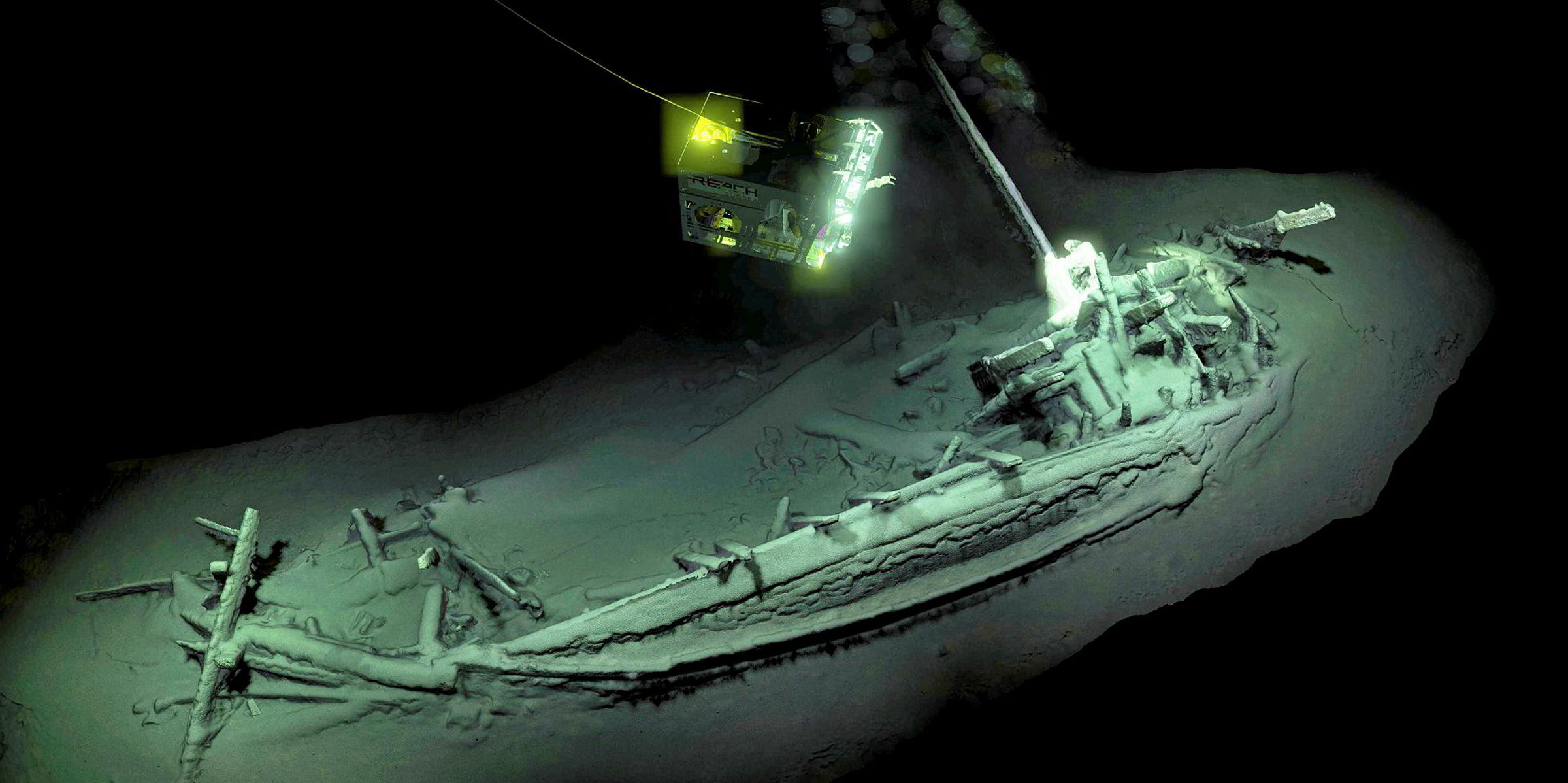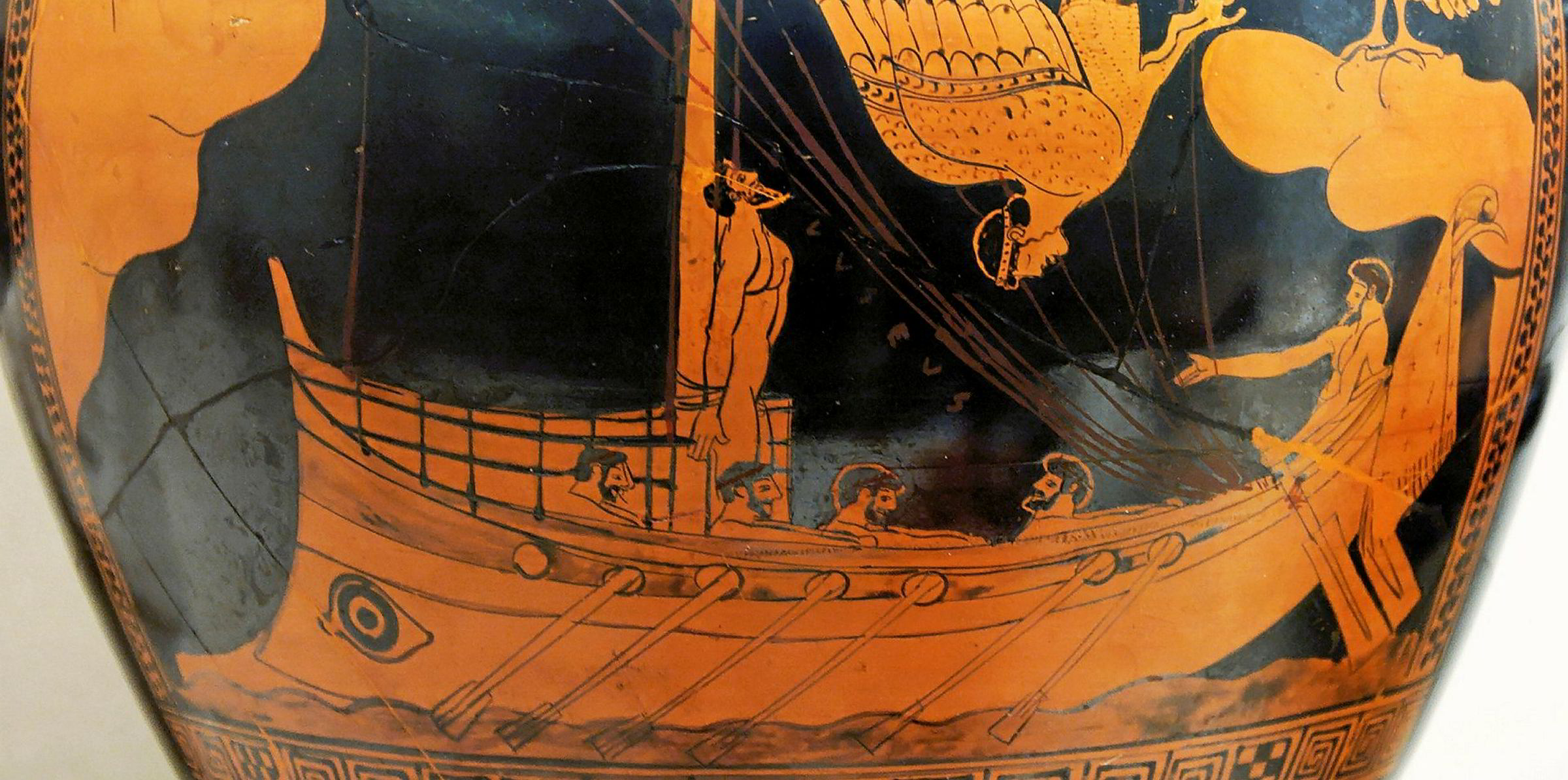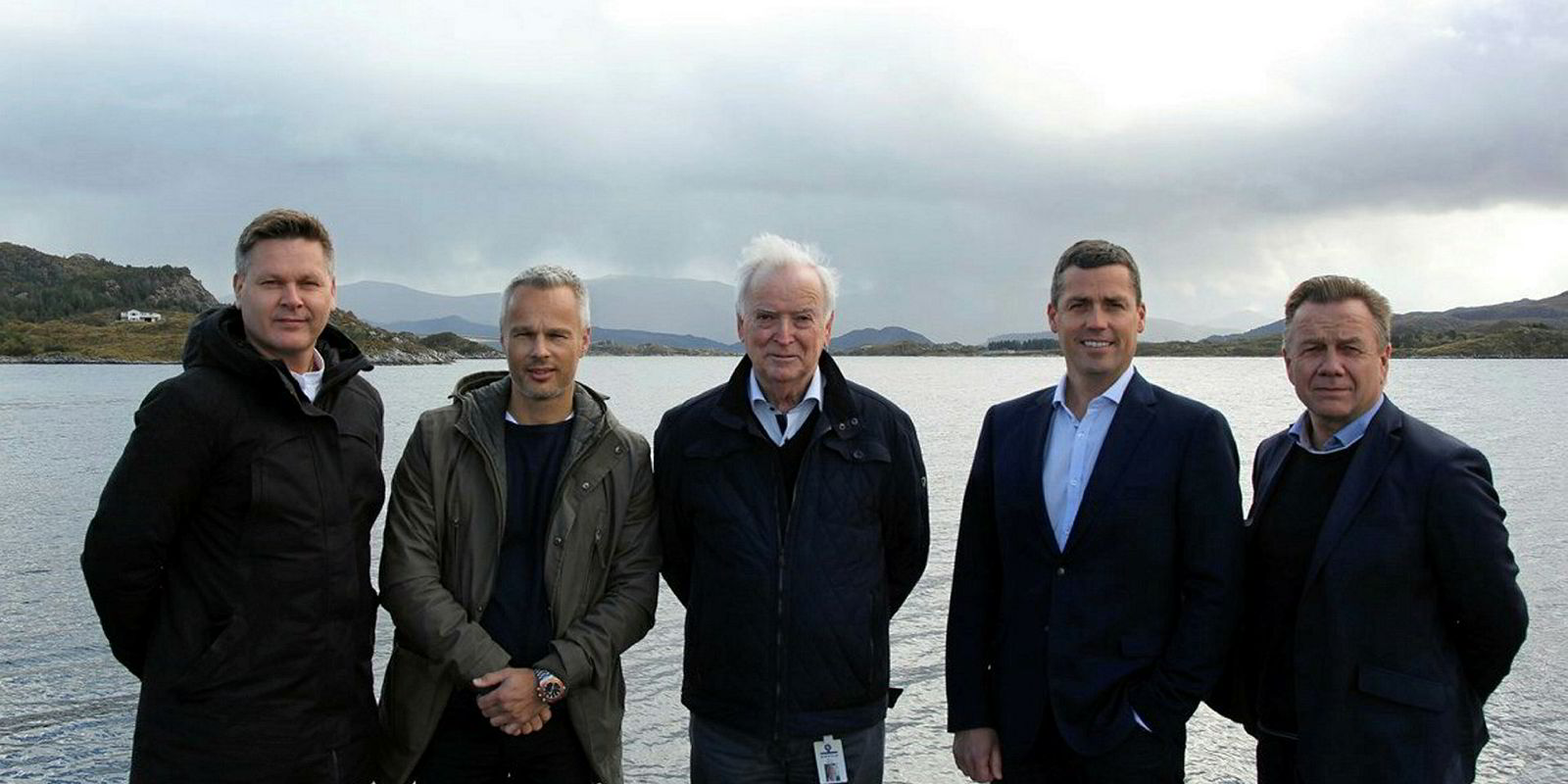The oldest merchant ship ever discovered is a wreck, to be sure, but a beautifully preserved one. It lies on its side at the bottom of the Black Sea, where low-oxygen waters a mile deep have protected it from divers and decay since around 400BC.
The discovery comes thanks to scientific advances in marine archaeology, especially imaging techniques, but also to the fact that the offshore services market has been far under water for such a long time.
During a period when oil majors were not indulging their curiosity about the seabed, academics and their sponsors enjoyed a chance to do so at a bargain price. They could get access to support vessels at rates that allowed them to mount long-term exploratory surveys like the one by the Black Sea Maritime Archaeology Project (BSMAP) that has turned up the new find off Bulgaria.
Footage of the wreck taken by a remotely operated underwater vehicle and released this week shows the outlines of a ship that is clearly recognisable to scholars of Attic red figure pottery of the fifth century BC.
Also clearly recognisable in news video footage of the discovery is Havila Shipping’s 98-metre, 7,000-dwt Havila Subsea (built 2011), which served the BSMAP during part of a three-year “pay as you go” charter to Reach Subsea.

The 2,500-year-old wreck, a 23-metre trading ship with a single rank of oars, its mast still standing and oar benches and cargo hold intact, is roughly the same type of ship on which, according to one ancient illustration, the epic hero Odysseus managed to hear the song of the Sirens without being lured to his death on the rocks.
A vase painting dated to about 480BC shows the legendary warrior, adventurer and shipowner bound to the mast while his sparse crew row on with ears plugged against the irresistible song.
Other than rendering the mythological figures, the vase painter seems to have been working from life. Not trying to represent a historically accurate Late Bronze Age trading ship of maybe seven centuries before the time it was painted, the vase shows a trading ship of the artist’s own era, like the one just found.

Carbon dating puts it at the cultural height of classical Athens, and its political low point at the end of the Peloponnesian War. So, when Socrates went down to Piraeus, the sunken vessel could have been one of those he saw loading olive oil and wine in storage amphorae meant for some northern Black Sea port like the Greek city of Olbia in today’s Ukraine. There, its master could have bartered the valuable Athenian pottery and its contents for grain, or settled his business in Attic silver.
Even though classical Greece and especially Athens derived its wealth largely from shipping and trade, the intellectuals of the classical age looked down on the economic activities that funded their contemplative leisure
But it was not an age that would necessarily have been flattered to have itself represented today through the image of a merchant ship.
Even though classical Greece — especially Athens — derived its wealth largely from shipping and trade, and Pericles thought of the city’s shipping fleet as its “wooden walls”, most of the time the intellectuals of the classical age looked down on the economic activities that funded their contemplative leisure.
They were sceptical about globalisation and the business culture of their time. Many were outright reactionaries who idealised a fixed social order dominated by a landed aristocracy, so they feared shipping and trade as a socially and morally disruptive development. Socrates’ disciple Plato went so far in old age as to recommend building the ideal city 10 miles or so inland, to avoid the corrupting influence of ports and merchant shipping.
But the new find, the oldest of the mostly merchant ships the BSMAP has discovered and studied, suggests that progressive globalisation is at least as durable a feature of our civilisation as the resistance to it.
Offshore brokers tell TradeWinds the archaeologists have benefited not just from charter rate bargains but from huge advances in autonomous undersea vessel technology that specialist companies such as Ocean Infinity and Deep Green can use to find anything from lost airliners to subsea manganese nodules — and gold and silver in sunken treasure ships.
They say the same technology that helps archaeologists find and preserve historical tonnage is also being used by treasure hunting projects to plunder it. And the pirates have a better budget.





